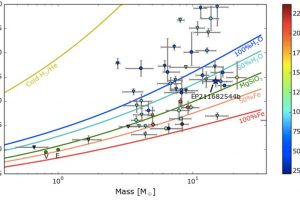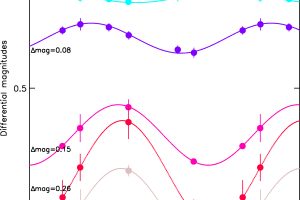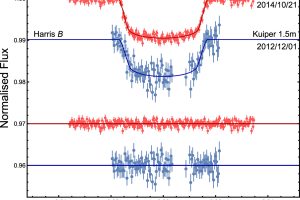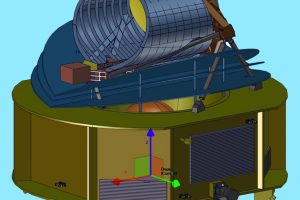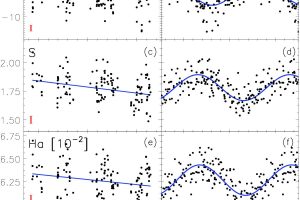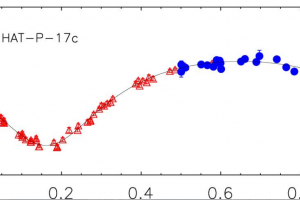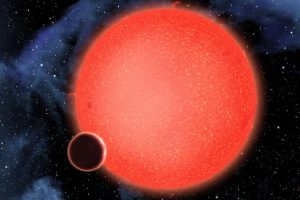Planets in binary systems. The study: “The HADES RV Programme with HARPS-N@TNG VIII. Gl15A: A multiple wide planetary system sculpted by binary interaction” of M. Pinamonti (INAF-OATo) published on A&A
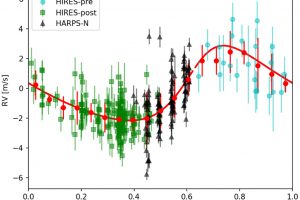
In our Galaxy, a large fraction of stars is part of binary systems. For instance, the study of Duquennoy & Mayor (1991) suggests a binary fraction of 57% for solar type stars. A slightly smaller binary fraction is expected for less massive stars. Among pre-Main Sequence stars, several binary systems are known to host a circumbinary disk. These disks are
» Read more
